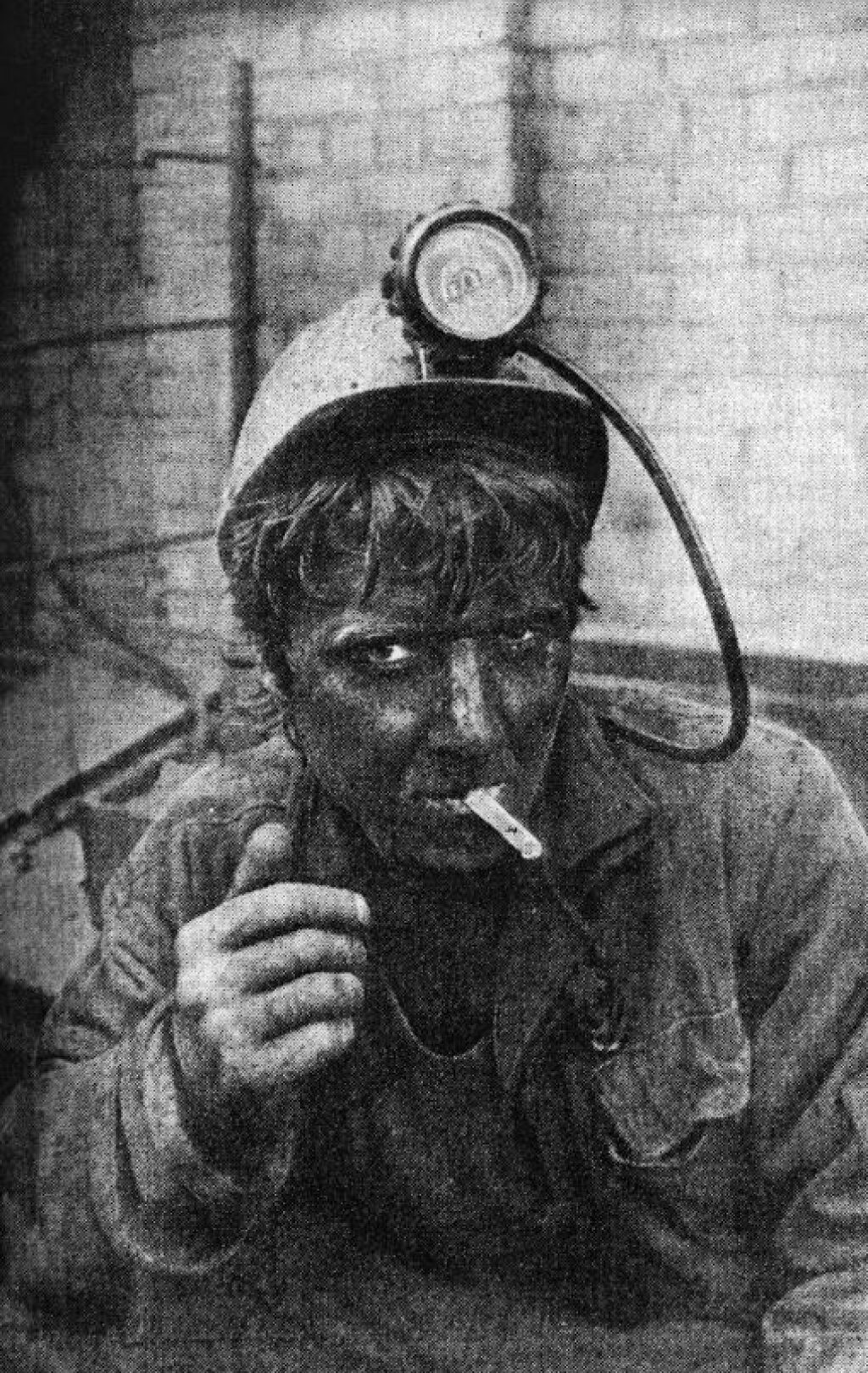Maria Livadchenko holds an MA from the Department of Russian and Slavic Studies at NYU and is currently teaching Russian undergraduate students. Her research focuses on 19th-century Russian prose and novel theory, with a particular interest in how space, agency, and meaning emerge from the narrative form.
This post won a Judges’ Choice Prize in the Jordan Center Blog's fifth annual Graduate Student Essay Competition.
Alexander Sokurov’s Russian Ark (2002) is an experimental meditation on history, memory, and nostalgia. A modern-day mystery play, the film unfolds in a single, uninterrupted shot: a dreamlike walk through the Hermitage Museum in Saint Petersburg, guided by an unseen narrator—a disembodied, passive “camera-eye.”
The narrator’s more outspoken companion, the European wanderer Marquis de Custine, is based on the real-life Astolphe-Louis-Léonor (1790-1857), a French aristocrat and avid traveler known for his highly critical views of Russian autocracy and cultural imitation. Through Custine’s perspective, the film invokes the portrayals of Russia as a brutal Orientalist empire that seeks to dominate through the spectacle of power and a skilled appropriation of Western aesthetic and cultural forms.
Mostly one-sided (with de Custine’s voice predominating), their dialogue reveals the film’s deeper purpose: presenting a highly aestheticized journey with no resolution. Even the most refined and distanced observer—be that a Russian viewer, a European one, or even the film’s own narrator—ends up lost within an imperial maze that distorts art, identity, and the sense of spatial orientation.
In an interview with Gazeta.ru, Sokurov described Russian Ark as an “enclosed world” akin to the Hermitage and, indeed, art itself. “The people in the Ark,” he added, “have no way out—just as Russia has no other path forward except through its reliance on art.” The film’s visual language, therefore, relies on fusing the symbolism of the Ark with Sokurov’s personal relationship with the Hermitage Museum.
If Sokurov intends to affirm the redemptive power of art as Russia’s only salvation, he ultimately undermines that hope. The mystical journey through the palace’s public and concealed spaces fails to clarify how art might become the beacon of salvation. Rather, constrained and mythologized by imperial framework, both the art and the Hermitage that houses it are respectively reduced to object and stage within a larger performance.
The Hermitage, while central to the film’s visual journey and to Sokurov’s vision, is secondary to the Winter Palace as the symbolic seat of Russian imperial power. Even as he situates the viewer’s journey inside the “enclosed world” that is the Hermitage, Sokurov cannot avoid the gravitational pull of the Winter Palace, both a real setting and a symbolic site of Russian culture and autocracy. That palace, once a domestic and public imperial space, represents the power of the state through its grandeur, elaborate design, and its own collection of exquisite objects.
This symbolic authority is not accidental. As art historian W.J.T. Mitchell argues, the Winter Palace embodies both visibility and concealment, becoming a “dream-work” of imperialism. Its structure abounds with corridors, hidden rooms, private and public spaces, producing intentional confusion for guests who must follow directions or become hopelessly lost. By crafting the Palace interior as a kind of maze, its architects reinforced the logic of imperial control.
Following this logic, the shady corridors surround meaningful places of social interaction like galleries, ballrooms, and open spaces. The hidden and dark corridors work to manipulate and discipline the ball’s guests into a particular set of behaviors, denying them a sense of agency. Although Sokurov thinks of the Marquis as the only “guest” on this journey, all the characters who appear in the film represent different kinds of guests whose ability to see and self-direct are impaired.
The Hermitage, delimited by the Winter Palace and organized by the tsars, transcends its role as a mere structure and becomes the stage for imperial performance. It is, as Mitchell puts it in reference to landscape more generally, “both a signifier and a signified, both a frame and what a frame contains, both a real place and its simulacrum.” This performative power relies heavily on repetition and theatricality, inscribed in a court life that offers elegant illusions and fixed roles. By enticing the elite away from freedom and agency, this form of spectacle reduces Russia’s Europeanization project to an exercise in aesthetics and repetition, both of which are delimited by the imperial gaze.
In Russian Ark, the narrator’s journey through the Hermitage itself becomes part of a staged performance. Caught up in the confusion of imperial space, the narrator, alongside the film’s viewers and its other characters, is subjected to an erasure of the sense of time and objectivity. Both he and his companion are often lost, finding themselves in the dark in-between spaces of the palace, denied entry where they wish to go and generally lacking direction. Sokurov’s wandering narrator repeatedly asks, “Where am I?” “Where should we go?” “Has all this been staged for me? Am I expected to play a role?” These questions reflect an overwhelming sense of individual paralysis and dependence on an exterior framework.
If the Hermitage is meant to differ from the imperial landscape, the film complicates this intention. Instead of representing art as an independent means of salvation that would awaken the individual’s vitality, the museum embodies the state’s incursions into both private and public taste. The curated collection of the Hermitage becomes an “Oriental wonder” which modern viewers cannot separate from its imperial context. The narrator’s encounters with art over the course of his journey are rather passive, disorienting the viewer through a haze of opinions and dialogues that amount to an overwhelming impression of imperial control.
The camera’s gliding movement, a central element of the film’s form, is ultimately deceptive. Although it simulates a forward progression, its motion is actually circular, evoking the Russian word kruzhit’sia (to spin or wander aimlessly). This trope, so common in Russian literary narrative, epitomizes an aimless and fruitless journey, a sense of being trapped in one place. Even the narrator’s European companion, initially critical of Russia's violence and devotion to spectacle, is seduced by the imperial opulence of the space, surrendering his judgement and agency to a curated sense of pleasure.
The nature of movement and depiction of space in Russian Ark defy the vision Sokurov evidently intended. Instead of coherence, the journey offers an impression of endless through-traffic without any visual perspective or possible change. Instead of resolution, the movement brings disempowerment. The film opens in darkness and disorientation. The narrator stumbles through the palace’s liminal spaces before being pushed into grand, official rooms, which become a staging ground for both real and imagined theatrical performances. Without supervision from or proximity to state authority, visitors, including even army officers, cannot find their way and lose all sense of direction.
This inability to navigate physical space reflects a larger disorientation. Trapped in an illusion of movement, continuity, and meaningful discussion, the film’s characters—and with them, the viewers—become literally trapped in an aesthetic dream about Russian Ark, in which all characters, as the narrator puts it, are “hoping to live forever” and “destined to sail forever.” The film ends at the palace’s edge, facing a foggy ocean. But even the open door that frames the sea offers no possibility of progress. Deprived of any horizon in this enclosed world, even an aestheticized gaze on the ocean offers no resolution, instead reflecting a contemplative gesture shaped by European aesthetic traditions. This rather dark ocean, which resembles a painting, suggests sublimity but not hope.
If Sokurov’s characters are denied horizons, both his artistic choice of the Hermitage as the film’s setting and the view he articulates in his Gazeta interview—namely, that culture and art are the only means of salvation available to Russia—is compromised. If we accept the Hermitage as a metaphor for art and salvation, we also risk fetishizing it: treating it either as an exotic ornament or a mythologized memory, animated by imperial nostalgia. Sokurov’s aesthetic impulse falls short of an idealistic vision for Russia.
At first, the surreal journey arouses our curiosity, but by the end, we are gripped with a hazy sense of despair—unlike the Biblical Ark, this Ark can’t promise salvation and barely moves anywhere at all. By introducing disbelief in history and self-consciousness, the film promotes uncertainty in our understanding of the past and possible future. In this enclosed illusion of movement, where everything is subject to distortion, personal whims, and the “noise of time,” to borrow Osip Mandelstam’s famous phrase, how can we form a stable sense of subjectivity and direction?
Sokurov’s beautifully staged spatial experience turns into a loop, thereby undermining the very ideas of progression and horizon, both of which are required for any imagination of the future. The film’s signature device—that elegant, uninterrupted shot—becomes a metaphor for historical enclosure: rather than offering a vision for the future, it immerses us in the impossibility of escape from the past and cultural structures that, like the palace, are both open and concealed.
Despite its apparent completeness and self-sufficiency, the journey that Russian Ark offers the viewer lacks resolution. The film never clarifies what it would mean to move forward, or how to—as the film’s narrator wonders—“nurture the tree of culture,” which is vulnerable to both decay and domination. By setting his staged journey in an enclosed imperial space, Sokurov ultimately contradicts his aim of providing Russia with a direction and a clear vision of the future, free from historical violence and lies. Instead, this beautiful mystery merely disorients us, forcing us to loop back into Russia’s aestheticized past.



